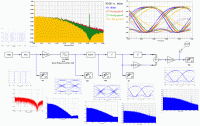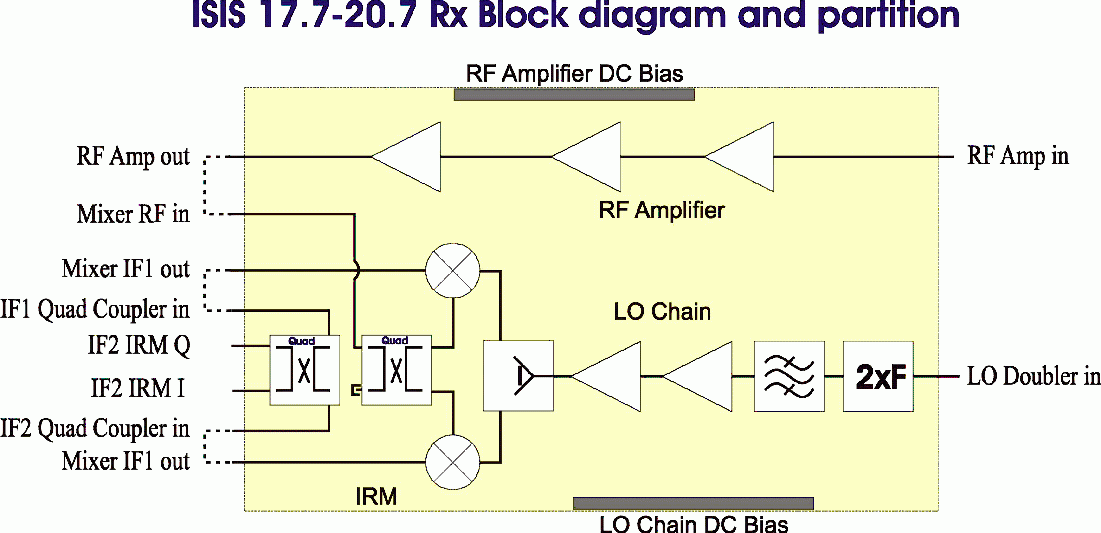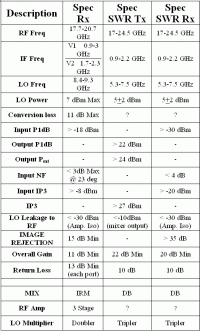|

|
The goal of system design is to identify practical solutions to client requirements.
Subsequently create development plans for prototype and production that feature reduced risk with acceptable budget and timeframe.
Using formal tools and benchmark search we analyze the requirements and product profile to select the most appropriate set of solutions. We make it our business to understand the client needs even when they are not specified outright. Each solution is then carefully examined to estimate four key properties; Technology, Risk, Schedule and Cost. It is common at this stage to invest in system simulations of all variant solutions to demonstrate that the required performance is achievable. A preliminary design outline of each potential solution is produced to serve as the basis for selection of the development path. Once the scope and constraints of the development program are addressed a detailed system design is completed. The detailed design yields block diagrams and component specifications as well as development risk analysis for each non-standard component. Partition of designs into their components and clear definition of all interface requirements allows us to schedule designs concurrently and simplifies subcontracting when needed. Nearly every development program includes risk reduction branches designed to reduce development risks further by evaluating components and sub-circuits in test structures or jigs early-on. Packaging and integration constraints are considered as appropriate for the implementation technology of each component. |


